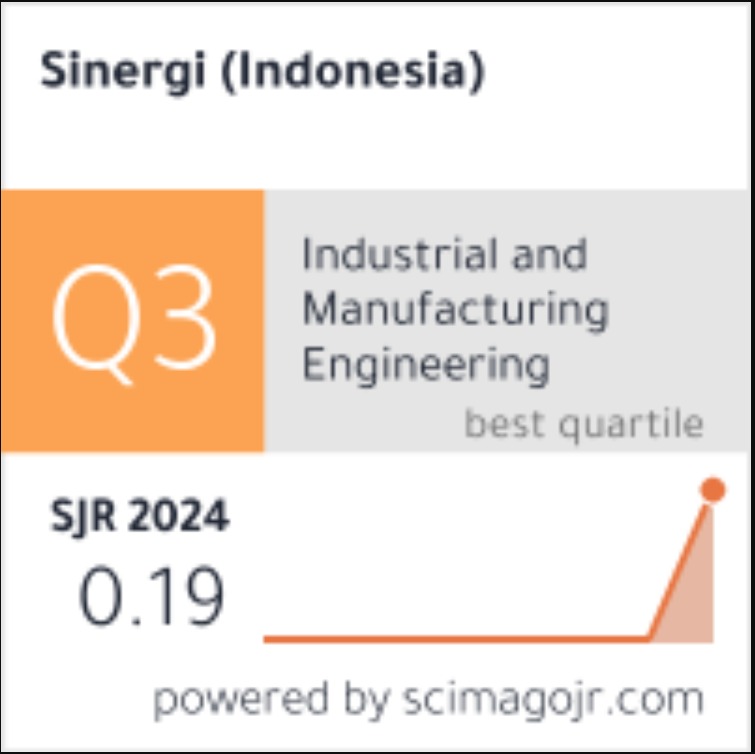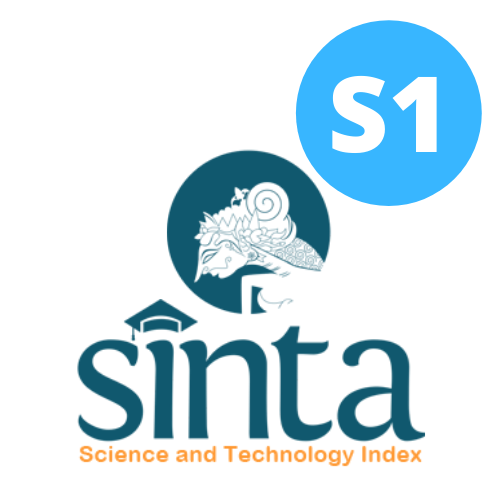Instrumented model slope to investigate the influence of rainfall and slope gradient on matric suction
Abstract
Prior researchers indicated that prolonged and heavy rainfalls primarily trigger major landslides in Malaysia. This study was carried out to investigate the influence of rainfall on the matric suction of silty sand slopes through a small-scale model. A 35° and 45° slope (namely EXP1 and EXP2) models were built using soil samples from the former landslide site at Kemensah Heights, Selangor, Malaysia. Two types of sensors were used to measure matric suction and rainfall intensities using Watermarks 200SS Soil Moisture Sensor and Hydreon rain gauge RG-15, respectively. The elapsed time since the beginning of the rainfall was recorded using two cameras placed at the front and side of the slope model to observe progressive failure. The results showed that the initial matric suction with a value of 250 kPa is significantly reduced and approached 0 kPa when the range of cumulative rainfall intensity is between 30 and 36.75 mm/min and 5.25 and 6.75 mm/min recorded by PP1 and PP2 in EXP1 and EXP2, respectively. The results indicate that the reduction in matric suction induced by rainwater infiltration is the triggering mechanism of slope failure. It has also been noticed that rainfall infiltration increases with decreasing slope gradients. However, a small gradient slope requires longer rainfall prior to failure. A slope with a high gradient has a longer time before failure occurs after loss of matric suction than a low slope gradient.
Keywords
Full Text:
PDFDOI: http://dx.doi.org/10.22441/sinergi.2025.2.025
Refbacks
- There are currently no refbacks.
SINERGI
Published by:
Fakultas Teknik Universitas Mercu Buana
Jl. Raya Meruya Selatan, Kembangan, Jakarta 11650
Tlp./Fax: +62215871335
p-ISSN: 1410-2331
e-ISSN: 2460-1217
Journal URL: http://publikasi.mercubuana.ac.id/index.php/sinergi
Journal DOI: 10.22441/sinergi
Journal by SINERGI is licensed under a Creative Commons Attribution-ShareAlike 4.0 International License
The Journal is Indexed and Journal List Title by:














